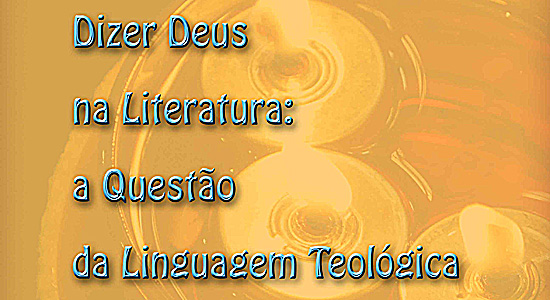Divinely human names: anthroponymy in Mia Couto's work
DOI:
https://doi.org/10.19143/2236-9937.2016v1n2p116-143Abstract
Language as a human possibility of telling its world experience carries an unsolvable condition of not saying it all. Although it may refer to everything, language does not exhaust the enunciable. The different speeches about God are also in the dynamic and apparently paradoxal game of the capability of the human language of covering or not the world. The religious language in its wish to talk about the mysterious reality of the Deity does frequently so through metaphors – a basic constitutive element of the poetic speech. Based on these assumptions- on the theoretical trail of the hermeneutics by Gadamer and Ricoeur –, the paper studies some selected texts by Mia Couto to state that if the Numinous cannot be adequately named, on the other hand the names we make up for us can talk about God. More exactly, the character-names created by the Mozambican writer, despite the fact of being aphasic and crazy because they stage precisely the marginal human condition, are shown with an intense deciphering power of the world. This is why they are offered as an instigating theologizable literary construct.
Keywords: Mia Couto. Mozambican Literature. Literary Criticism. Theology. Theopoetics


